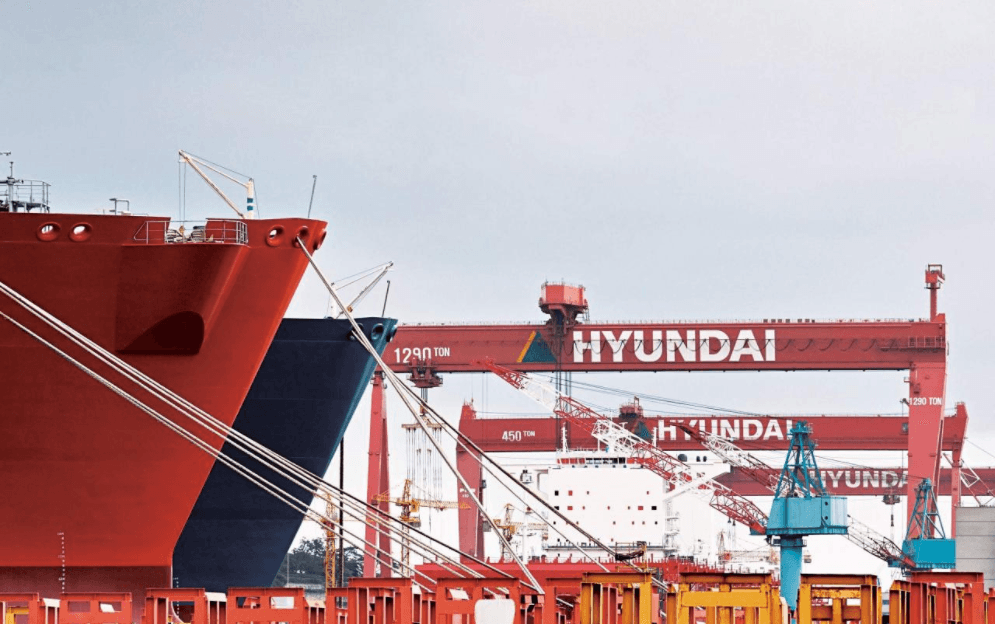The owners of the cargo vessel Dali, which collided with the Francis Scott Key Bridge in March 2024, have filed a lawsuit against South Korean shipbuilder Hyundai Heavy Industries, alleging that a critical design flaw in the vessel’s electronics led to the catastrophic incident.
According to the legal filing, a single wire—approximately 10 centimetres in length—is believed to have caused a major power failure aboard the Dali, ultimately leading to the collapse of the bridge and the deaths of six construction workers.
Grace Ocean, the vessel’s owner, and Synergy Marine, its operator, allege that Hyundai Heavy Industries defectively designed an electrical switchboard. The claim centres on a signal wire that, according to the plaintiffs, “was not designed to remain securely connected to the terminal block.”
The lawsuit, submitted to the court last week, asserts that this design flaw directly caused the vessel’s power loss and the subsequent accident.
A preliminary report from the United States National Transportation Safety Board (NTSB) supports the timeline, noting that the Dali experienced four separate power failures within a 12-hour window leading up to the collision.
Grace Ocean and Synergy further claim that a mislabelled wire—placed too close to the connection point—prevented a proper electrical connection within a junction box, resulting in the dislodgement of a vital connector.
Despite the serious nature of the allegations, legal analysts suggest the case may be difficult to prove. At the time of the accident, the vessel was nine years old, raising questions about whether the issue stemmed from original construction or subsequent maintenance.
Complicating matters, both Grace Ocean and Synergy are themselves facing multiple lawsuits alleging that the Dali was unseaworthy. These include claims from federal prosecutors and the state of Maryland, accusing the companies of knowingly operating a vessel with pre-existing electrical issues.
In response, Grace Ocean and Synergy appear to be pursuing a legal strategy aimed at limiting their financial liability, in part by shifting responsibility to Hyundai Heavy Industries. If successful, this could reduce their exposure to the extensive damages arising from the collapse of one of Baltimore’s key transport arteries.
